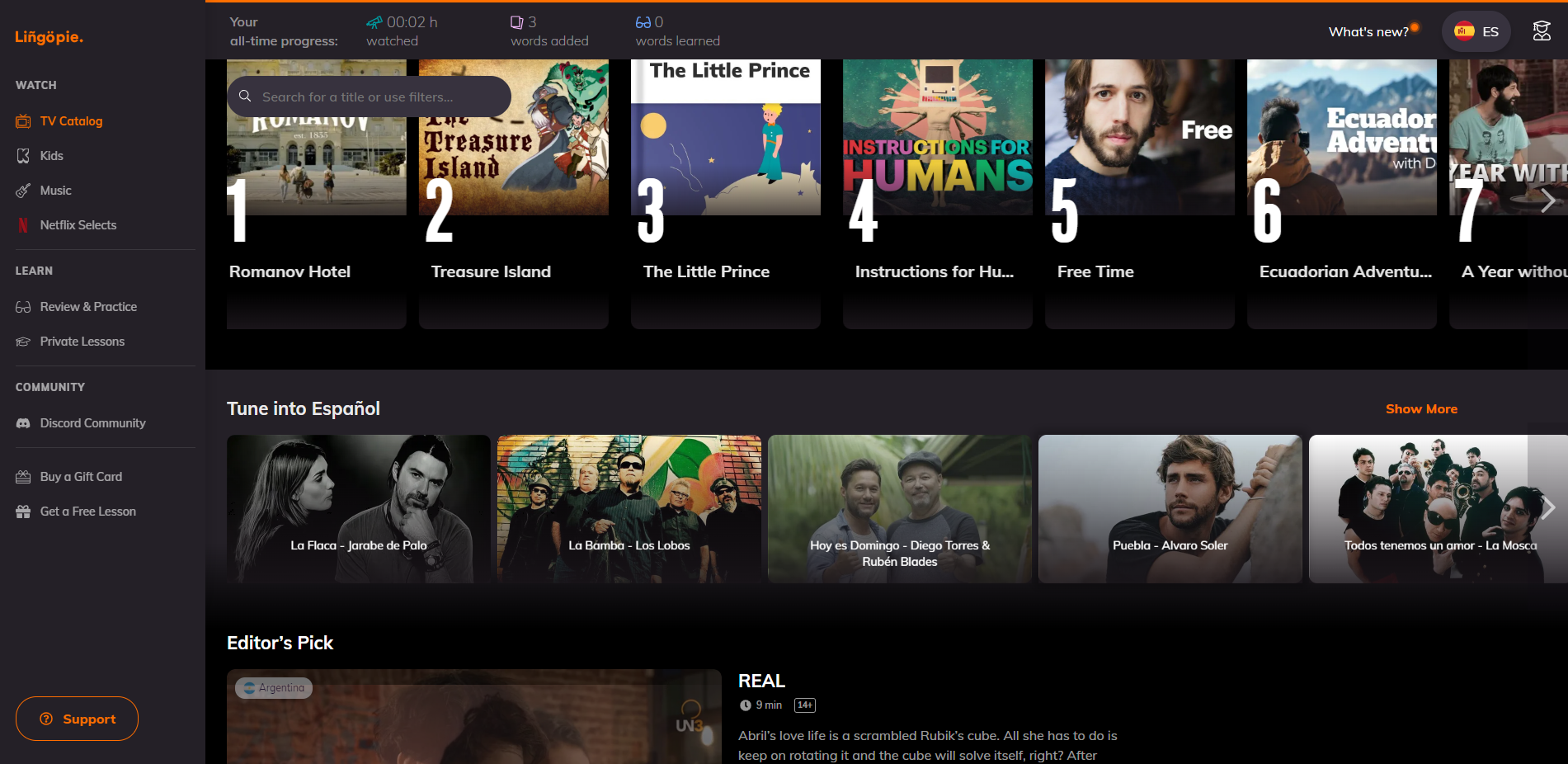Linguistics | Language glossary
written by: Krystof-Sandor Harfst
Table of Content
Linguistics
Linguistics is the scientific study of language and its structure, including the sounds, words, and grammar used in communication. It involves analyzing language form, language meaning, and language in context, as well as the social, cultural, historical, and political factors that influence language. Linguists try to understand the nature of language and the mental processes involved in producing and comprehending it. They also often study the ways in which language varies among different speech communities and the implications of these variations for both language and society.
There are many different subfields within linguistics, including theoretical linguistics, which focuses on the abstract structures and rules of language; applied linguistics, which examines how linguistic knowledge can be used to solve real-world problems; and sociolinguistics, which explores the ways in which language varies within and among different speech communities.
Linguists use a variety of methods to study language, including experimental, computational, and corpus-based approaches. They may also use tools such as phonetic transcription and analysis, language corpora, and computer software to analyze language data.
Linguists often work in academic settings, conducting research and teaching courses on language and linguistics. However, they may also work in a variety of other settings, including government agencies, language schools, and technology companies. The insights and knowledge gained from linguistic research can be applied in fields such as education, psychology, anthropology, neuroscience, and computer science.
Share this article!






